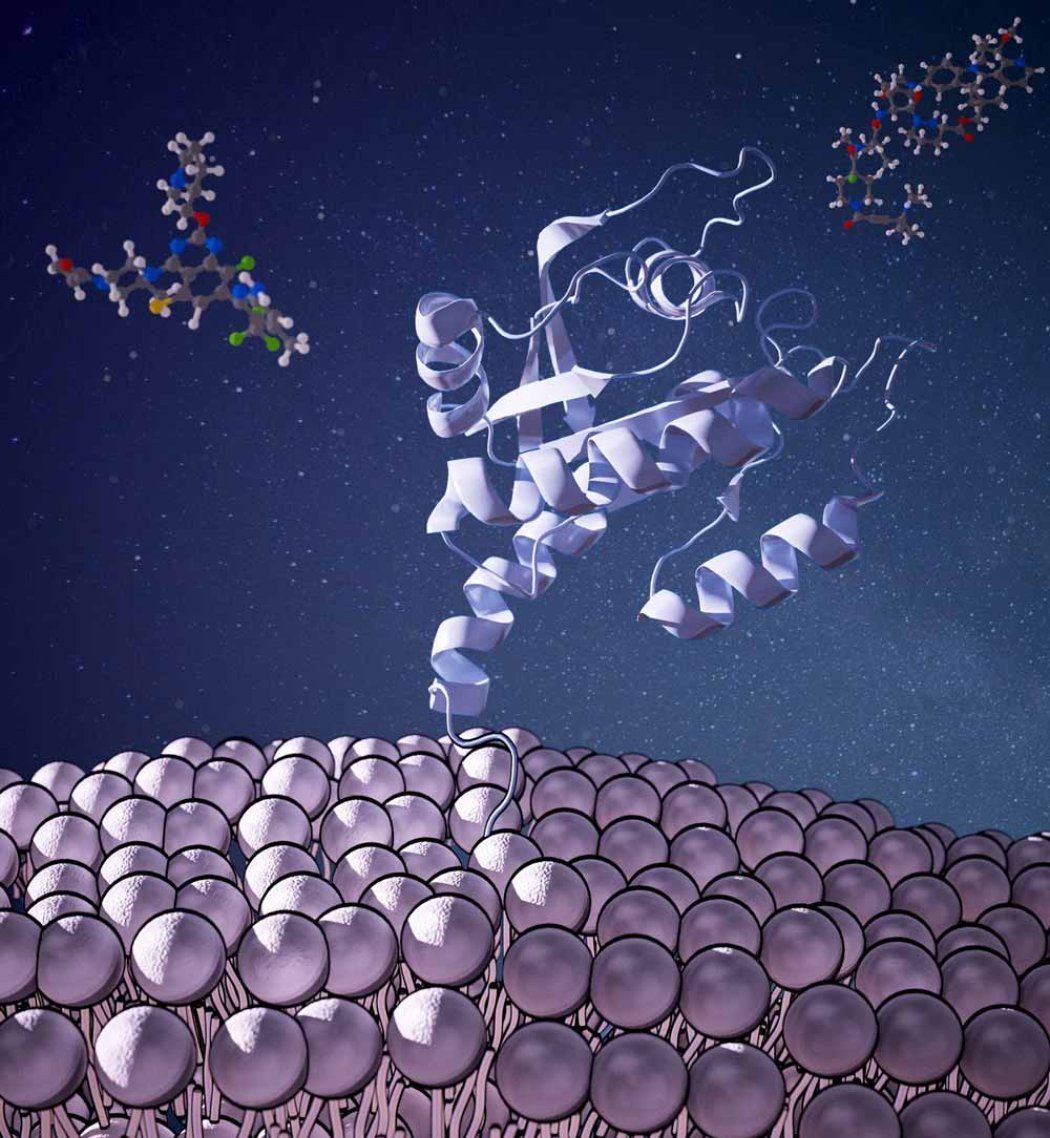
Drugs for the K-Ras oncogene inspire an approach for targeting the GTPases, a family of enzymes whose dysfunction can lead to Parkinson’s and many other diseases.
UCSF scientists have discovered how to target a class of molecular switches called GTPases that are involved in a myriad of diseases from Parkinson’s to cancer and have long been thought to be “undruggable.”
Because of their slippery exteriors, the GTPases have remained largely out of reach of modern drug discovery, with the exception of the notorious cancer-causing GTPase called K-Ras.
On a hunch, the team tested a dozen drugs that target K-Ras against a handful of GTPases they had mutated to mak...
Read More









Recent Comments